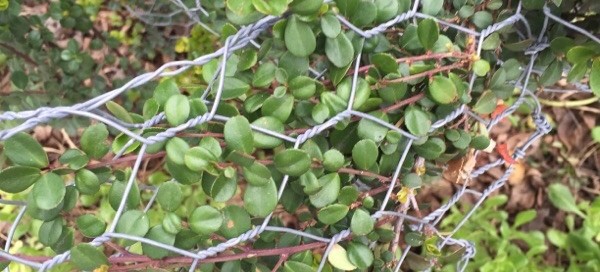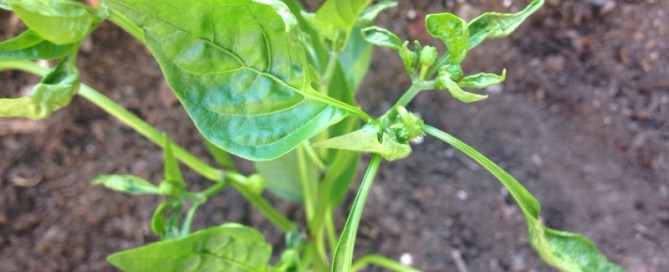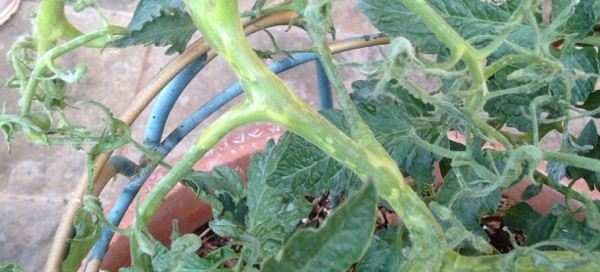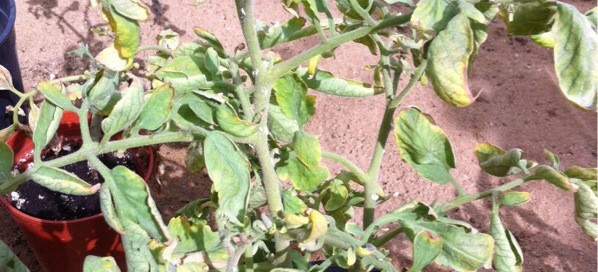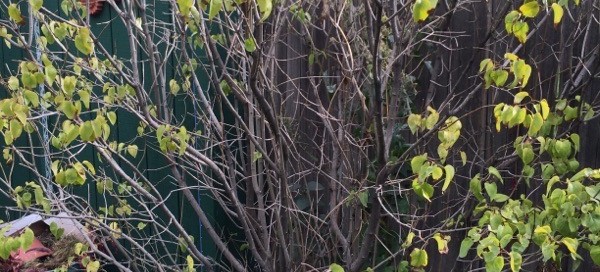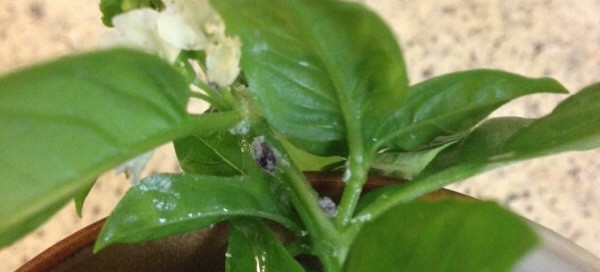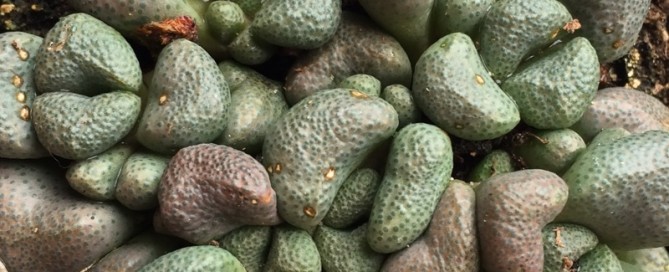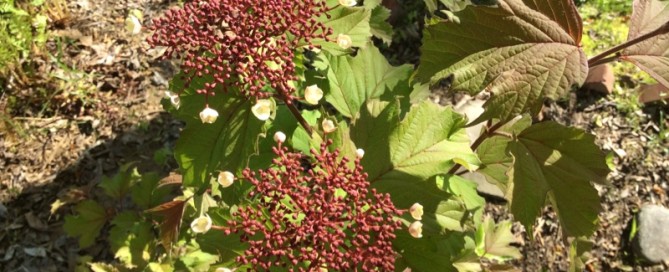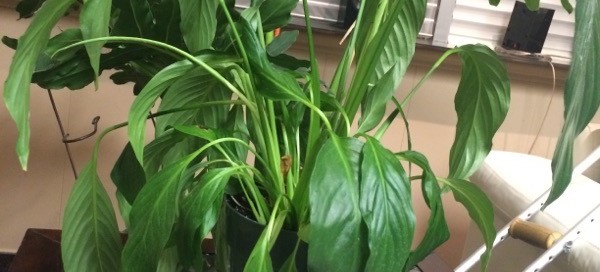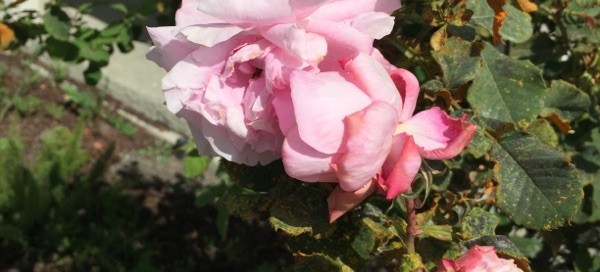African Boxwood
This is a tough slow growing evergreen shrub that forms a dense upright shrub to 4 to 7 feet tall and 5 feet wide with upright stems bearing tightly overlapping small dark green rounded leaves, with the upper edges slightly cut with fine teeth. Older leaves are leathery and dark green and stems a gray color but new growth, both stems and leaves, have a deep red coloration. In spring appear tiny cream colored flowers at the base of the leaves. A dioecious plant with insignificant flowers - a bit more conspicuous on male plants and berries on female plants - our cutting grown selection is male and we have never seen the berries. Plant in sun or part shade. It is drought tolerant and hardy to about 20 degrees F. A very nice plant for small hedges. This plant has a wide distribution from Asia west as far as the Azores in the Atlantic Ocean south to southern Africa where it is common in both the summer and winter rainfall areas. The name Myrsine is from the Greek name for the similar looking Myrtle.
